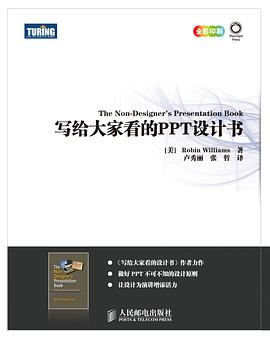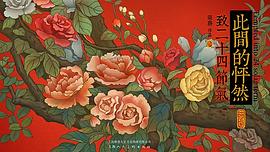Changing Gods in Medieval China, 1127-1276
内容简介
In her study of medieval Chinese lay practices and beliefs, Valerie Hansen argues that social and economic developments underlay religious changes in the Southern Song. Unfamiliar with the contents of Buddhist and Daoist texts, the common people hired the practitioner or prayed to the god they thought could cure the ill or bring rain. As the economy rapidly developed, the gods, like the people who worshiped them, diversified: their realm of influence expanded as some gods began to deal on the national grain market and others advised their followers on business transactions. In order to trace this evolution, the author draws information from temple inscriptions, literary notes, the administrative law code, and local histories. By contrasting differing rates of religious change in the lowland and highland regions of the lower Yangzi valley, Hansen suggests that the commercial and social developments were far less uniform than previously thought. In 1100, nearly all people in South China worshiped gods who had been local residents prior to their deaths. The increasing mobility of cultivators in the lowland, rice-growing regions resulted in the adoption of gods from other places. Cults in the isolated mountain areas showed considerably less change.
......(更多)
作者简介
Valerie Hansen, Professor of History, Yale University
......(更多)
目录
......(更多)
读书文摘
总之,本书利用庙记碑文与《夷坚志》来勾勒12、13世民间宗教活动。《宋会要辑稿》提供了有关宋廷对于民间宗政策的资料。地方志使我们有可能査考某一地方的神衹体系,并得以追溯中国东南地区外来神祇兴起的情况。官员的文集以及其他的一些笔记,可为以上资料作补充。
越来越多的人开始编写宗谱以及按排行取名的做法,既表明这些家族对在12、13世纪变动中维持自己地位的忧虑,也反映他们意识到了扩大家族组织的好处。
......(更多)






